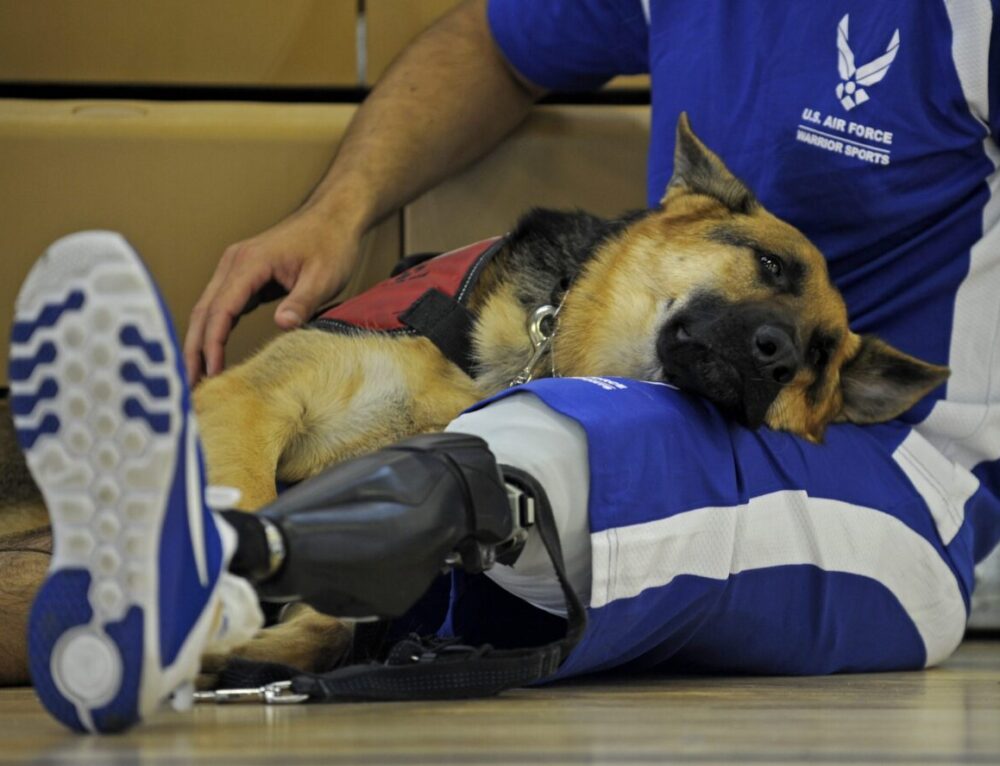Fear of flying is far from unusual, but I struggle with the lesser-known fear of flying logistics.
It’s common knowledge among wheelchair users that there’s more to successful completion of a safe, comfortable flight than taking off smoothly and reaching a destination without incident.
As a wheelchair user who frequently travels for both work and play, I’ve mastered the balance between hoping for the best and preparing for the worst.
In the Airport
My airport anxieties begin the moment I arrive at the terminal and seek out wheelchair assistance services. In the United States, these services are mandated by the Air Carrier Access Act (ACAA), legislation that addresses airport and aircraft accessibility for passengers with disabilities.
Because I often fly solo, I’m regularly subjected to assumptions from assistance staff about my abilities to communicate my needs. Countless strangers who just so happen to be in close proximity to me have been asked, “Is she with you?” It’s as though I’m not even there.
Once I acquire assistance and make my way to security, I’m allowed to cut to the front of the line.
This may seem like a privilege to the antsy travelers who glare at me as I roll ahead, but any time gained is quickly lost. I have to wait awkwardly next to the screening machines as the TSA agent nearby half-heartedly shouts, “female assist!” every few minutes until a female agent becomes available to screen me.
Since I cannot get up to walk through the body scanner, my only option is to feel slightly dehumanized by a thoroughly invasive pat-down and several swabs around my wheelchair and body to test for traces of explosive materials. I understand why TSA does this, but the process never gets less frustrating.
After I get through security and reach my gate, the first thing I do is calculate how much time I have prior to boarding to determine the last possible minute I can use the restroom.
With so many eateries to choose from in airport terminals, most people eat and drink to their heart’s content while waiting, but inaccessible airplane lavatories mean that consuming too much food and liquid when I’m going to fly is a risk I can’t afford to take.
In fact, the night before a flight, I begin severely restricting the amounts I eat and drink, often to the point of dehydration.
According to the ACAA, if an aircraft has more than one aisle, it must have an accessible lavatory and an onboard wheelchair must be available for passengers. However, airplanes that have only one aisle are not required to have an accessible lavatory.
Unfortunately, nearly all of my air travel within North America occurs on single-aisle airplanes. If I find myself needing to use the restroom by hour three of a six-hour flight, the only thing I can do is breathe through it and hope there are no delays in deplaning once we land.
Believe me, I find myself silently repeating my in-flight mantra, “you do not have to go to the bathroom, you do not have to go to the bathroom,” more often than not.
Boarding Pass
As soon as I complete my final restroom visit, I rush back to the gate for pre-boarding.
Most non-disabled people view pre-boarding as the ultimate “perk.” For wheelchair users, it’s a necessary part of getting on an airplane safely without being run down by a horde of passengers — especially when there are no seat assignments.
The boarding process takes me some extra time. It requires transferring to a narrow, rickety contraption known as an “aisle chair” so that assistance staff can push and pull me precariously to my seat.
At this point, I have to part with my wheelchair and my nerves kick into high gear.
Cargo handlers become responsible for operating and maneuvering my battery-powered chair, a piece of mobility equipment worth several thousand dollars.
But the cost isn’t even my main concern. Having my wheelchair taken out of my sight causes immense separation anxiety. It’s like watching someone casually walk off with your legs.
When the plane reaches its destination, the supposed advantage of being the first person on the plane means I’m the last person off.
Because it takes so long to remove my wheelchair from the cargo hold and return it to me at the gate, I’m left sitting to ponder the status of the chair while the cleaning crew comes on board and reaches around me to pick up stray snack wrappers.
There’s no guarantee of being reunited with my wheelchair in the same condition it was in at the beginning of the flight — or even being reunited with it at all.
Horror stories abound about wheelchair users having their mobility equipment damaged beyond repair, left behind at the location of the flight’s origin, or completely lost.
I’ve had my wheelchair returned with its joystick so bent and twisted that it was near-impossible to use. I’ve also had my wheelchair left unattended in a completely different part of the airport than where I landed and had to trek across the terminal to track it down.
Luckily though (knock on wood), truly irreparable wheelchair-related disaster has yet to strike for me.
Each time I’m finally sitting in my wheelchair again, safe and sound, I ask myself if all the worry and unease just to get to where I’m going is worthwhile.
But when I look ahead to the new experiences and excitement that await me on the journey ahead, I have my answer: it is always worth it.
Read the original article here: https://cnn.it/2EEOILN
Article Credit: Emily Ladau, CNN
Emily Ladau is a disability rights activist, writer, speaker, editor, podcaster and digital communications consultant who can be found on Twitter @emily_ladau and at WordsIWheelBy.com.
Photo Credit: CNN.com





